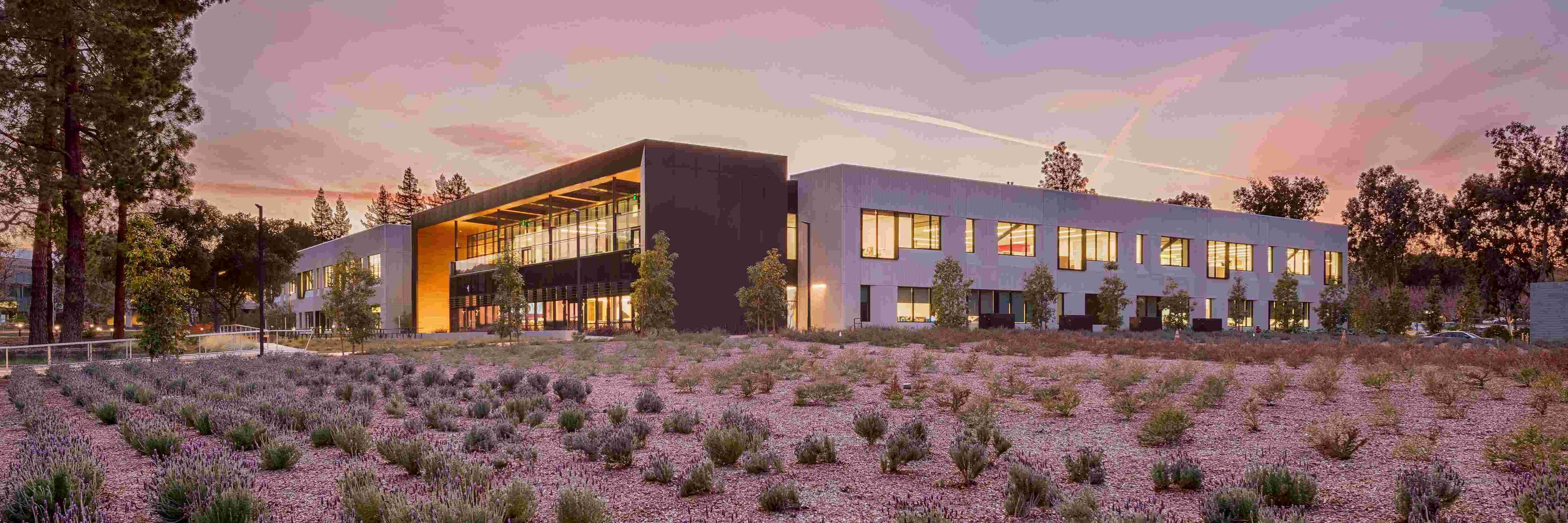
Interested? Apply by Jan 12 or hear from our team and current Fellows Jingtian Zhou, Uche Medoh, and @mayaarce.bsky.social in this video: youtu.be/3Qs5cmXxsWQ

Interested? Apply by Jan 12 or hear from our team and current Fellows Jingtian Zhou, Uche Medoh, and @mayaarce.bsky.social in this video: youtu.be/3Qs5cmXxsWQ
The competition highlights the challenge of defining robust benchmarks for biology.
#NeurIPS2025
Read at GEN:
www.genengnews.com/topics/artif...

The competition highlights the challenge of defining robust benchmarks for biology.
#NeurIPS2025
Read at GEN:
www.genengnews.com/topics/artif...
#VirtualCellChallenge #AI

#VirtualCellChallenge #AI
Over 5,000 participants from 114 countries competed to build AI models that predict cellular responses to genetic perturbations. Today we're announcing the winners and reflecting on what we learned.

Over 5,000 participants from 114 countries competed to build AI models that predict cellular responses to genetic perturbations. Today we're announcing the winners and reflecting on what we learned.


His work solves a decades-old mystery in cell biology, revealing the enzyme responsible for BMP synthesis: www.aaas.org/news/researc...

His work solves a decades-old mystery in cell biology, revealing the enzyme responsible for BMP synthesis: www.aaas.org/news/researc...



Today, with NVIDIA, co-led by @genophoria.bsky.social, we announce CodonFM, a family of open-source AI models that reveal the grammar underlying codon choice: developer.nvidia.com/blog/introdu...

Today, with NVIDIA, co-led by @genophoria.bsky.social, we announce CodonFM, a family of open-source AI models that reveal the grammar underlying codon choice: developer.nvidia.com/blog/introdu...



Serge Saxonov: thebioreport.podbean.com/e/transformi...

Serge Saxonov: thebioreport.podbean.com/e/transformi...
Learn more:
arcinstitute.org/news/faculty...

Learn more:
arcinstitute.org/news/faculty...
Today, in a new paper published in @science.org , researchers from Arc's Hsu lab show that bridge recombinase technology is capable of large-scale genomic rearrangements in human cells.

Today, in a new paper published in @science.org , researchers from Arc's Hsu lab show that bridge recombinase technology is capable of large-scale genomic rearrangements in human cells.


Germinal produces functional nanobodies in just dozens of tests, making custom antibody design more accessible than ever before.

Germinal produces functional nanobodies in just dozens of tests, making custom antibody design more accessible than ever before.
Stanford Professor Zhenan Bao and colleagues have developed NeuroString, a hair-thin multichannel biosensor and stimulator with promising potential applications in drug delivery, nerve stimulation, smart fabrics, and more.

Stanford Professor Zhenan Bao and colleagues have developed NeuroString, a hair-thin multichannel biosensor and stimulator with promising potential applications in drug delivery, nerve stimulation, smart fabrics, and more.
@arcinstitute.org @brianhie.bsky.social @samuelhking.bsky.social
Read more at GEN:
www.genengnews.com/topics/artif...

@arcinstitute.org @brianhie.bsky.social @samuelhking.bsky.social
Read more at GEN:
www.genengnews.com/topics/artif...
Leveraging Evo 1 & Evo 2, they generated whole genome sequences, resulting in 16 viable phages with distinct genomic architectures.

Leveraging Evo 1 & Evo 2, they generated whole genome sequences, resulting in 16 viable phages with distinct genomic architectures.
Processing and Modeling Large-Scale Single-Cell Perturbation Data with Machine Learning
🧵
@arcinstitute.org
#scverse2025 #PerturbSeq #MachineLearning #SingleCell #CRISPR #GenomicScreening #VirtualCells
Processing and Modeling Large-Scale Single-Cell Perturbation Data with Machine Learning
🧵
@arcinstitute.org
#scverse2025 #PerturbSeq #MachineLearning #SingleCell #CRISPR #GenomicScreening #VirtualCells


